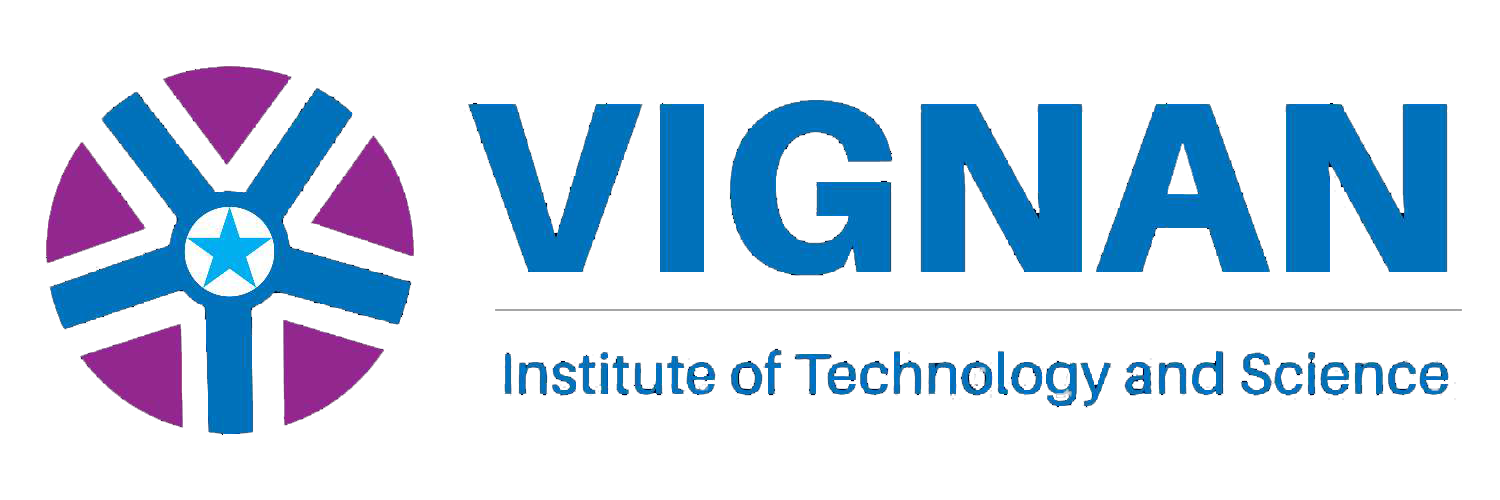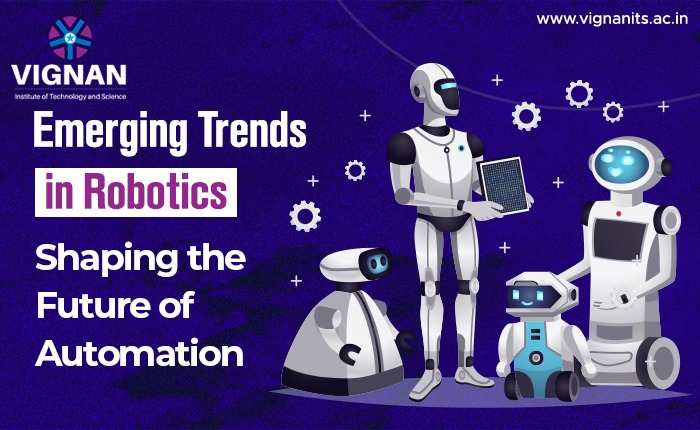Introduction
The field of robotics is undergoing a remarkable transformation, propelled by technological advancements and innovative breakthroughs. From manufacturing to healthcare and beyond, robots are stepping out of factory assembly lines and into our daily lives. This article delves into the exciting emerging trends in robotics, highlighting their applications, implications, and the role they play in shaping the future of automation.
The Evolution of Robotics
Robotics has come a long way from its industrial origins. Today, robots are more versatile, intelligent, and integrated into various industries than ever before. With advancements in artificial intelligence, sensors, and materials science, a new era of robotics has begun.
Collaborative Robots (Cobots)
Collaborative robots, or cobots, are designed to work alongside humans in shared workspaces. These robots are equipped with sensors that allow them to detect human presence and adjust their movements accordingly, enhancing safety and efficiency in industries like manufacturing, logistics, and healthcare.
Service Robotics for Healthcare
Robots are revolutionizing healthcare by taking on roles that range from assisting surgeons in delicate procedures to providing companionship for the elderly. Telemedicine robots enable remote medical consultations, while robotic exoskeletons aid in physical rehabilitation.
Agricultural and Environmental Robotics
With the world’s growing population, robotics is finding its place in agriculture to improve efficiency and reduce the environmental impact of farming. Autonomous drones and robots equipped with sensors and cameras are used for precision planting, monitoring crop health, and even harvesting.
Soft Robotics and Bioinspired Designs
Inspired by nature, soft robotics imitate the flexibility and adaptability of living organisms. These robots, often made from soft and flexible materials, excel in delicate tasks where traditional rigid robots would struggle. Applications range from surgical robots that mimic the dexterity of human hands to soft grippers used in manufacturing.
Autonomous Vehicles and Delivery Drones
The transportation industry is witnessing a revolution with autonomous vehicles and drones. Self-driving cars promise safer and more efficient roadways, while delivery drones offer rapid and cost-effective parcel delivery services, transforming the logistics landscape.
Ethical and Societal Implications
As robotics becomes more integrated into society, ethical considerations come to the forefront. Issues such as job displacement, privacy concerns, and the potential for biased AI algorithms require careful examination. Striking a balance between technological progress and societal well-being is a critical challenge.
The Path Ahead
The trends in robotics point to a future where machines become indispensable partners, enhancing our capabilities and improving the quality of life. The synergy between AI, sensors, and robotics will continue to fuel innovation across industries, addressing challenges and opportunities in ways previously unimagined.
Conclusion
Emerging trends in robotics are ushering in a new era of automation that is reshaping industries and our daily lives. From healthcare and agriculture to transportation and beyond, robots are becoming integral to solving complex problems and improving efficiency. While challenges remain, the promise of safer workplaces, improved healthcare, and enhanced environmental sustainability makes the trajectory of robotics a thrilling journey into the future.

